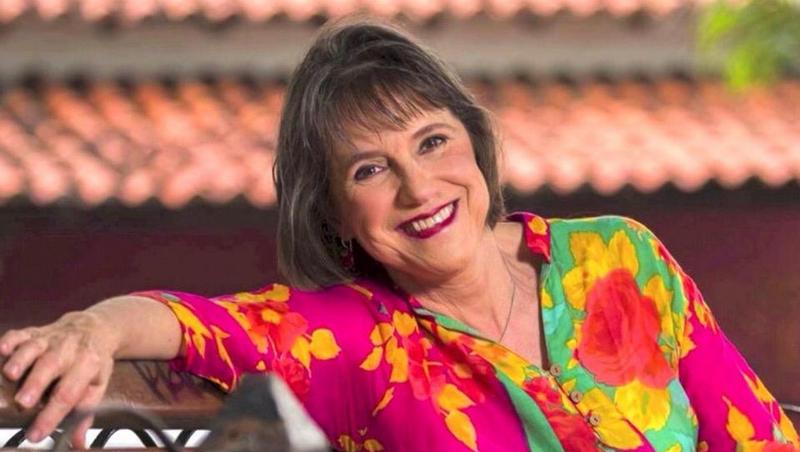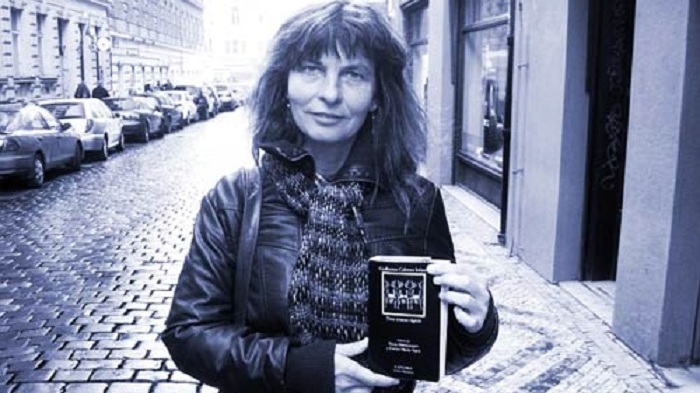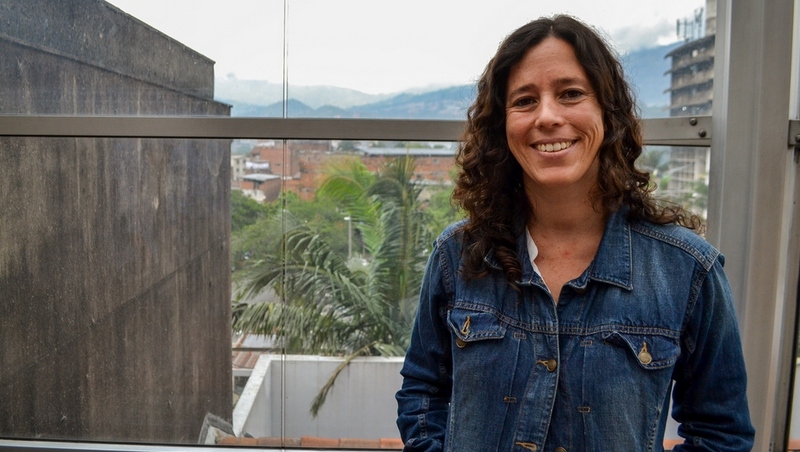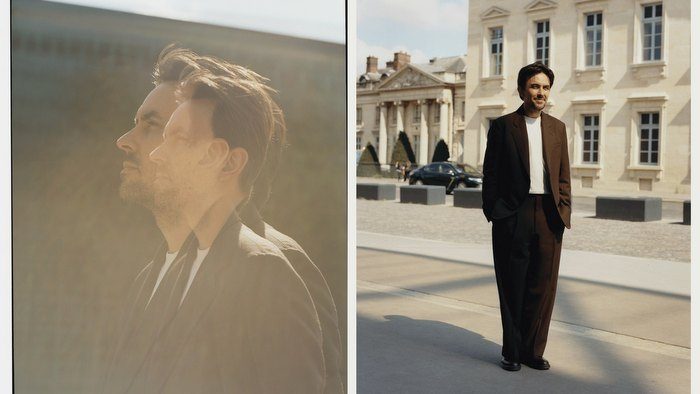No one should have surprised, in January 2012, the choosing of Sharon Lerner to head the contemporary art exhibition projects of the Lima Art Museum (MALI). Two years earlier, she had been awarded the curatorial scholarship of the Wattis Institute of Contemporary Arts, supported by the Kadist Art Foundation, and a Master's Degree in Curator Practice at the California College of the Arts.
Even without opening the curtains of Arco Madrid 2019 -Ifema, February 27 to March 3-, her curatorial work is already described as profound to select the thirty-three artists in charge of showing the contemporary production of Peru in a fair that will have this year as a guest country, reason more than enough for Arte por Excelencias to go in search of the prestigious curator, who these days is working on finalizing details of what will be the Peru section in Arco, which has the support of the Ministries of Culture and Foreign Affairs of Peru, the embassy of that nation in Spain and Promperú.
On what fundamental aspects was your work of curating Peruvian art based for this fair?
I have made a selection of Peruvian and international galleries that represent Peruvian artists of interest. I want to understand it as a particular reading, one among the many possible ones, of Peruvian artistic production. The selection seeks to respond to the specific conditions of the production and circulation of a good part of the contemporary art market made today by Peruvian artists, through some thematic and formal lines. Probably the most salient is that most of them are proposals that assume the specificity of the local and from that place pose problems that are universal.
Is it a challenge to represent a sample made with Peruvian artists who have developed their careers outside their country of origin?
No, at all. The selection includes artists who work and exhibit inside and outside the country. We live in the most international moment of Peruvian art. It is a condition with which operate most of the creators inserted in the market in a globalized world.
What could be the fundamental characteristics of this contemporary production?
The selected artists have several traits that relate them. Many use the archival research for the dismantling of normative discourses around the official history of the country and the ways in which these have been inscribed in different systems of representation. Others explore the social tensions resulting from colonialism and question the naturalization of ethnic, racial or class criteria, or turn their attention to the territory and its brands, through cartographic or geological signals, reflecting on the impact and consequences of industrial and extractive processes on the natural environment. There is also a very sharp look at artisanal production and ancestral traditions, which to a certain extent are very present in our cultural daily life proposing interesting reflections of conceptual and technical nature from the strategies of contemporary art.
Has Peru been an active country in the Fair? What represents this edition of Arco for the art sector?
It is the first time that Peru is a country invited to Arco. It is an unprecedented opportunity for the visual arts in our midst. Not only for the Fair and the impulse that can give to the galleries, but mainly because this juncture opens the doors of different exhibition spaces in Madrid to a great variety of samples of high quality Peruvian art.
Why the interest in aspects such as architecture and design, new technologies and globalization?
These are present interests in global contemporary art, not something that is restricted to contemporary Peruvian art.
What does it mean for your country to award the Collecting Prize to an institution such as MALI, a space where you have developed part of your curatorial work?
For the MALI and above all for the committee of acquisitions of contemporary art of the museum, it is a validation of the work sustained for more than ten years from the museum to consolidate a collection of contemporary art for the country. We are the only museum at national level that has an active policy of acquisitions of contemporary art guided by a committee of curators, which has the support of a group of collectors.
Related Publications

Cecilia Todd. Singing always makes sense
August 21, 2020
Q & A with Marguerite Horberg of Hot House
July 17, 2020












